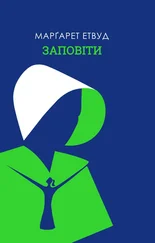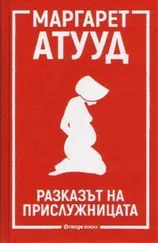Now please welcome a speaker familiar to us all, both from his written publications and from his recent fascinating television series, Inside Gilead: Daily Life in a Puritan Theocracy . His presentation of objects from museum collections around the world—especially the handcrafted textile items—has been truly spellbinding. I give you: Professor Pieixoto.
—
PIEIXOTO: Thank you, Professor Crescent Moon, or should I say Madam President? We all congratulate you on your promotion, a thing that would never have happened in Gilead. ( Applause. ) Now that women are usurping leadership positions to such a terrifying extent, I hope you will not be too severe on me. I did take to heart your comments about my little jokes at the Twelfth Symposium—I admit some of them were not in the best of taste—and I will attempt not to reoffend. ( Modified applause. )
It is gratifying to see such a large turnout. Who would have thought that Gilead Studies—neglected for so many decades—would suddenly have gained so greatly in popularity? Those of us who have laboured in the dim and obscure corners of academe for so long are not used to the bewildering glare of the limelight. ( Laughter. )
You will all remember the excitement of a few years ago, when a footlocker containing the collection of tapes attributed to the Gilead Handmaid known as “Offred” was discovered. That find was made right here in Passamaquoddy, behind a false wall. Our investigations and our tentative conclusions were presented at our last symposium, and have already given rise to an impressive number of peer-reviewed papers.
To those who have questioned this material and its dating, I can now say with assurance that half a dozen independent studies have verified our first assumptions, though I must qualify that somewhat. The Digital Black Hole of the twenty-first century that caused so much information to vanish due to the rapid decay rate of stored data—coupled with the sabotage of a large number of server farms and libraries by agents from Gilead bent on destroying any records that might conflict with their own, as well as the populist revolts against repressive digital surveillance in many countries—means that it has not been possible to date many Gileadean materials precisely. A margin of error of between ten and thirty years must be assumed. Within that range, however, we are as confident as any historian can usually be. ( Laughter. )
Since the discovery of those momentous tapes, there have been two other spectacular finds, which, if authentic, will add substantially to our understanding of this long-gone period in our collective history.
First, the manuscript known as The Ardua Hall Holograph . This series of handwritten pages was discovered inside a nineteenth-century edition of Cardinal Newman’s Apologia Pro Vita Sua . The book was purchased at a general auction by J. Grimsby Dodge, lately of Cambridge, Massachusetts. His nephew inherited the collection and sold it to a dealer in antiques who recognized its potential; thus it was brought to our attention.
Here is a slide of the first page. The handwriting is legible to those trained in archaic cursive; the pages have been trimmed to fit within the excavation in the Cardinal Newman text. The carbon dating of the paper does not exclude the Late Gilead period, and the ink used in the first pages is a standard drawing ink of the period, black in colour, though after a certain number of pages blue is employed. Writing was forbidden for women and girls, with the exception of the Aunts, but drawing was taught at schools to the daughters of elite families; so a supply of such inks was available.
The Ardua Hall Holograph claims to have been composed by a certain “Aunt Lydia,” who features somewhat unflatteringly in the series of tapes discovered in the footlocker. Internal evidence suggests that she may also have been the “Aunt Lydia” identified by archaeologists as the main subject of a large and clumsily executed statue discovered in an abandoned chicken battery farm seventy years after the fall of Gilead. The nose of the central figure had been broken off, and one of the other figures was headless, suggesting vandalism. Here is a slide of it; I apologize for the lighting. I took this picture myself, and I am not the world’s best photographer. Budgetary constraints precluded my hiring a professional. (Laughter. )
The “Lydia” personage is referenced in several debriefings of deep-cover Mayday agents as having been both ruthless and cunning. We have been unable to find her in the scant amount of televised material surviving from the period, though a framed photograph with “Aunt Lydia” handwritten on the back was unearthed from the rubble of a girls’ school bombed during the collapse of Gilead.
Much points to the same “Aunt Lydia” as our holograph author. But as always we must be cautious. Suppose the manuscript is a forgery; not a clumsy attempt made in our own times to defraud—the paper and ink would quickly expose such a deception—but a forgery from within Gilead itself; indeed, from within Ardua Hall.
What if our manuscript were devised as a trap, meant to frame its object, like the Casket Letters used to bring about the death of Mary, Queen of Scots? Could it be that one of “Aunt Lydia’s” suspected enemies, as detailed in the holograph itself—Aunt Elizabeth, for instance, or Aunt Vidala—resentful of Lydia’s power, craving her position, and familiar with both her handwriting and her verbal style, set out to compose this incriminating document, hoping to have it discovered by the Eyes?
It is remotely possible. But, on the whole, I incline to the view that our holograph is authentic. Certainly it is a fact that someone within Ardua Hall supplied the crucial microdot to the two half-sister fugitives from Gilead whose journey we will examine next. They themselves claim that this personage was Aunt Lydia: why not take them at their word?
Unless, of course, the girls’ story of “Aunt Lydia” is itself a misdirection, intended to protect the identity of the real Mayday double agent in the case of any treachery stemming from within Mayday. There is always that option. In our profession, one mysterious box, when opened, so often conceals another.
This leads us to a pair of documents that are almost certainly authentic. These are labelled as transcriptions of witness testimonies from two young women who, from their own accounts, discovered through the Bloodlines Genealogical Archives kept by the Aunts that they were half-sisters. The speaker who identifies herself as “Agnes Jemima” purports to have grown up inside Gilead. The one styling herself as “Nicole” appears to have been some eight or nine years younger. In her testimony she describes how she learned from two Mayday agents that she was smuggled out of Gilead as an infant.
“Nicole” might seem too young, in years but also in experience, to have been assigned to the hazardous mission the two of them appear to have carried out so successfully, but she was no younger than many involved in resistance operations and spywork over the course of the centuries. Some historians have even argued that persons of that age are especially suitable for such escapades, as the young are idealistic, have an underdeveloped sense of their own mortality, and are afflicted with an exaggerated thirst for justice.
The mission described is thought to have been instrumental in initiating the final collapse of Gilead, since the material smuggled out by the younger sister—a microdot embedded in a scarified tattoo, which I must say is a novel method of information delivery ( laughter )—revealed a great many discreditable personal secrets pertaining to various high-level officials. Especially noteworthy is a handful of plots devised by Commanders to eliminate other Commanders.
Читать дальше
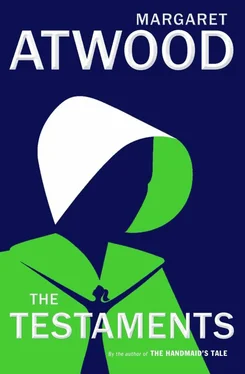
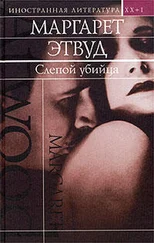
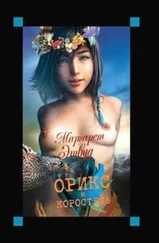
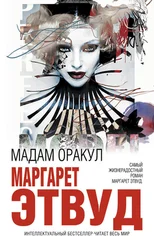

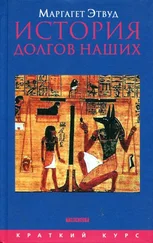
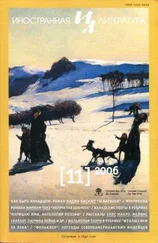
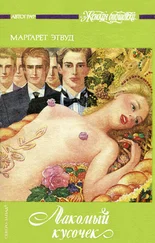
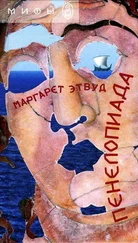
![Маргарет Этвуд - Лакомый кусочек [litres]](/books/384342/margaret-etvud-lakomyj-kusochek-litres-thumb.webp)
![Маргарет Этвуд - Избранные произведения в одном томе [Компиляция]](/books/389748/margaret-etvud-izbrannye-proizvedeniya-v-odnom-tome-thumb.webp)
